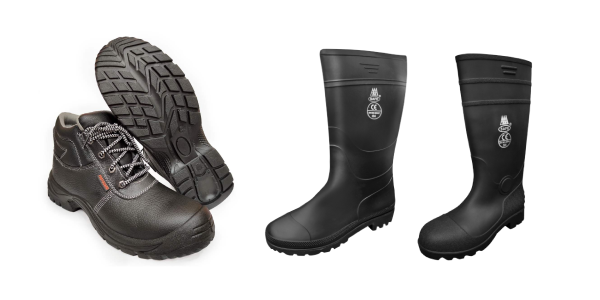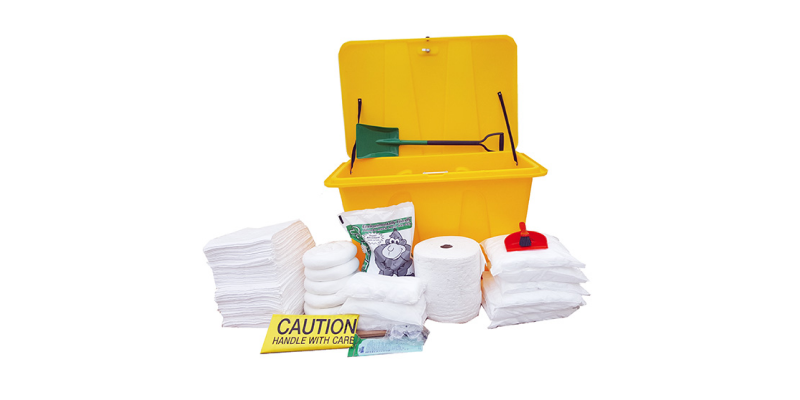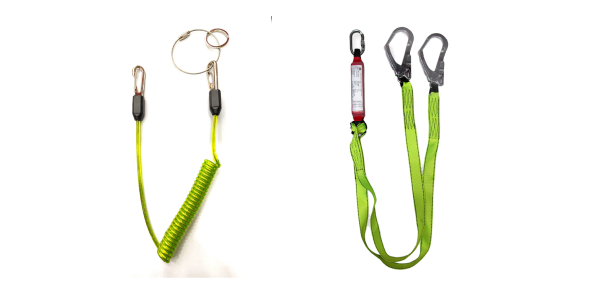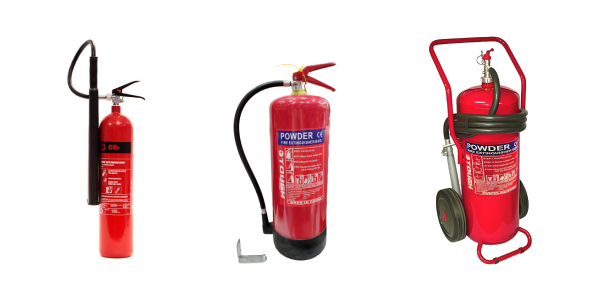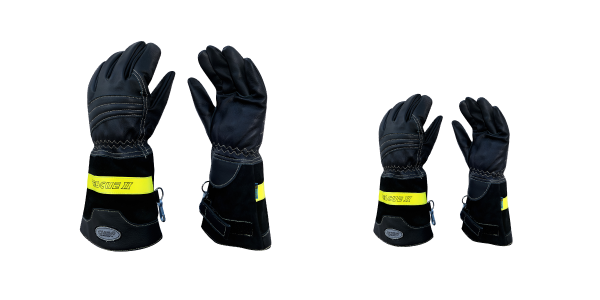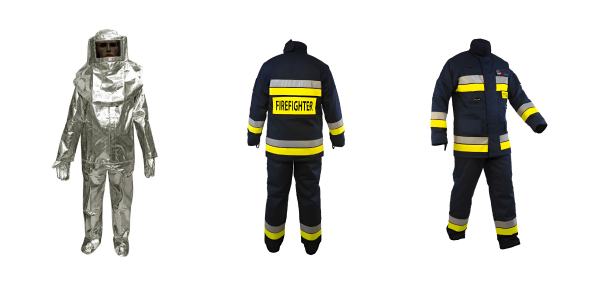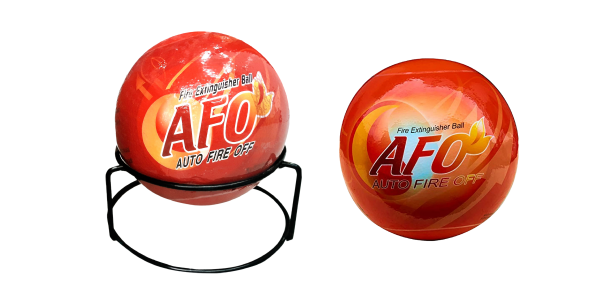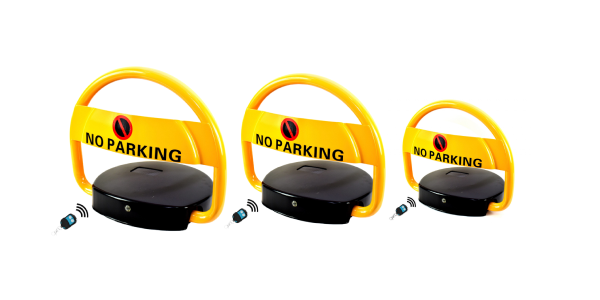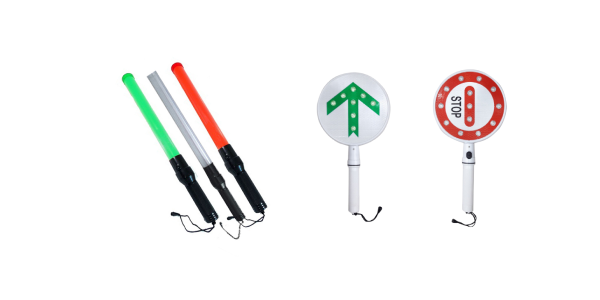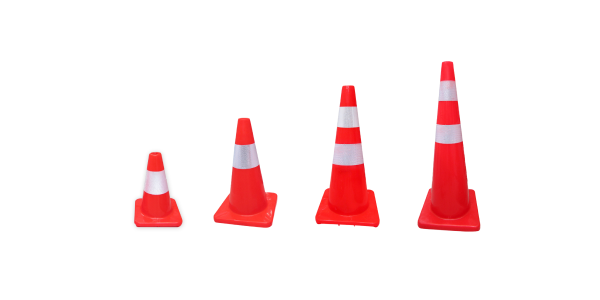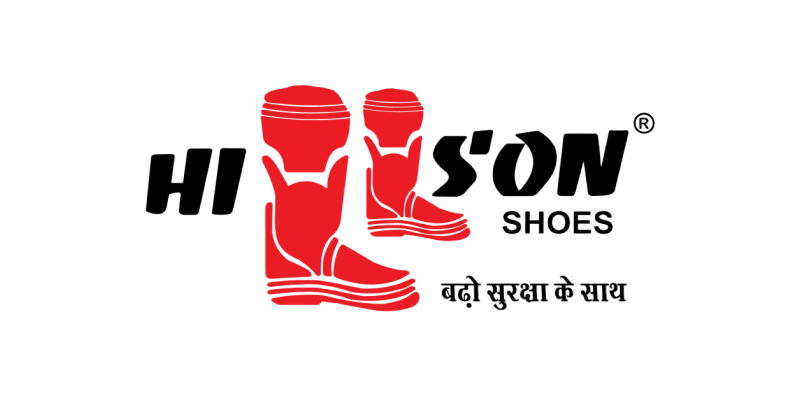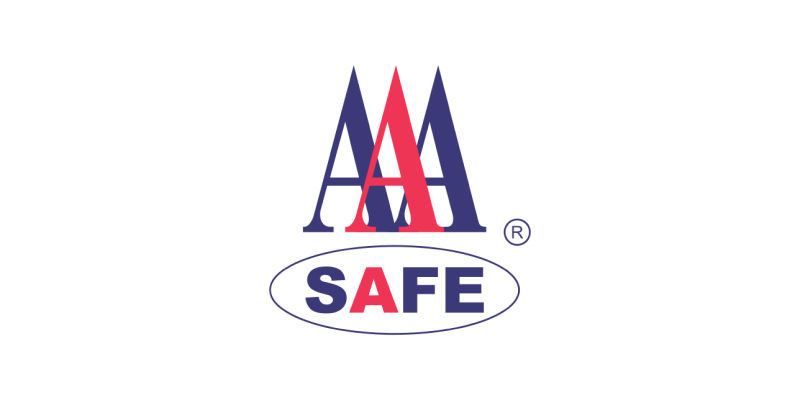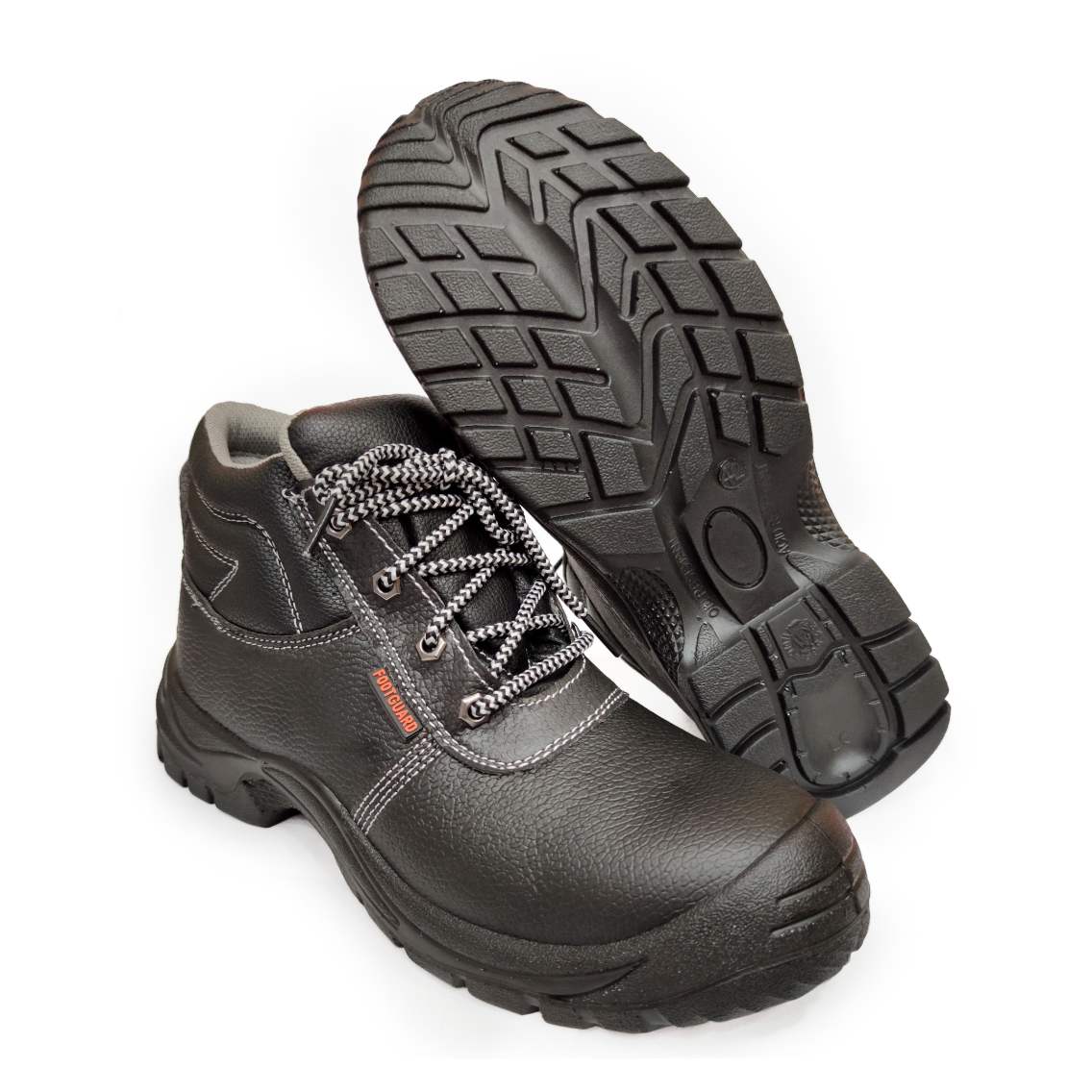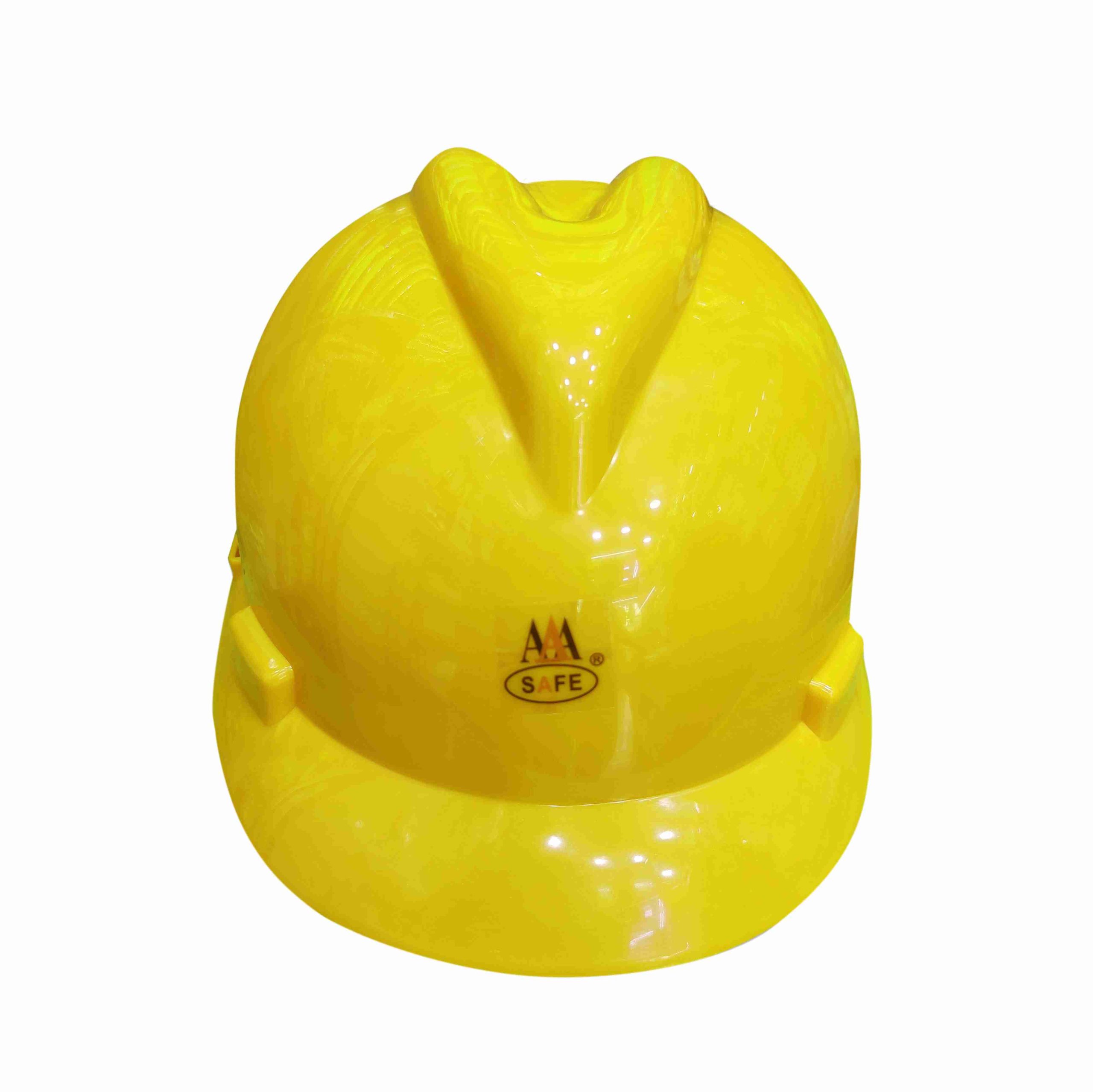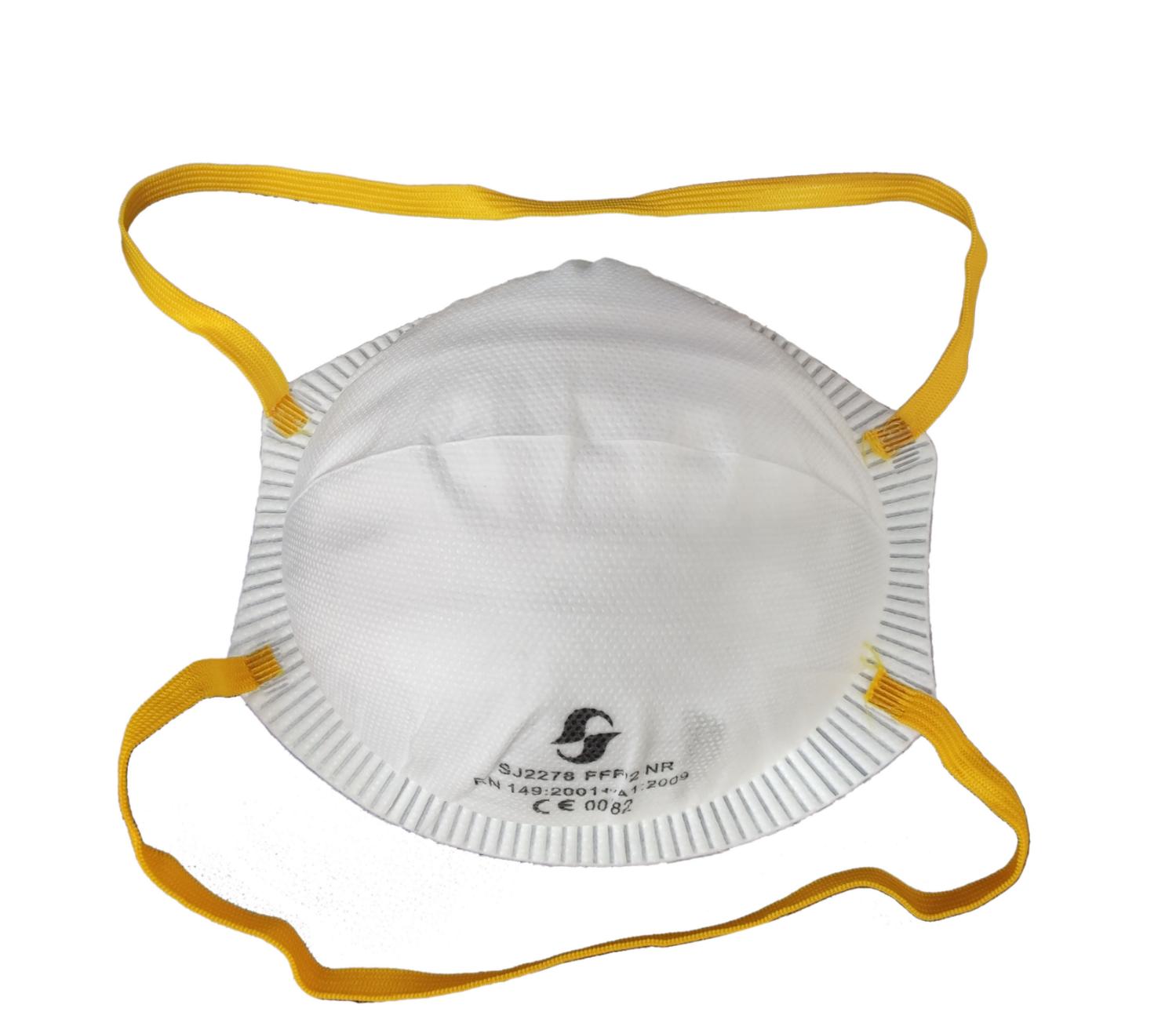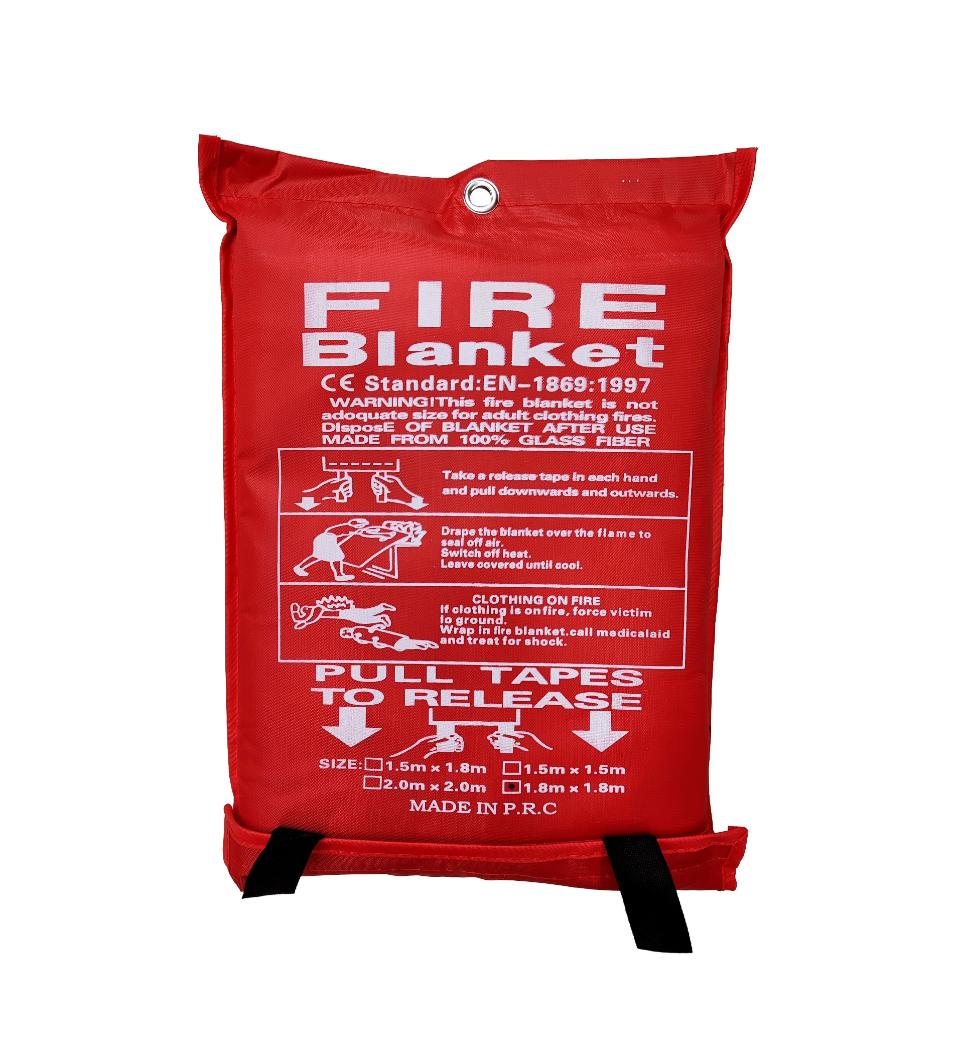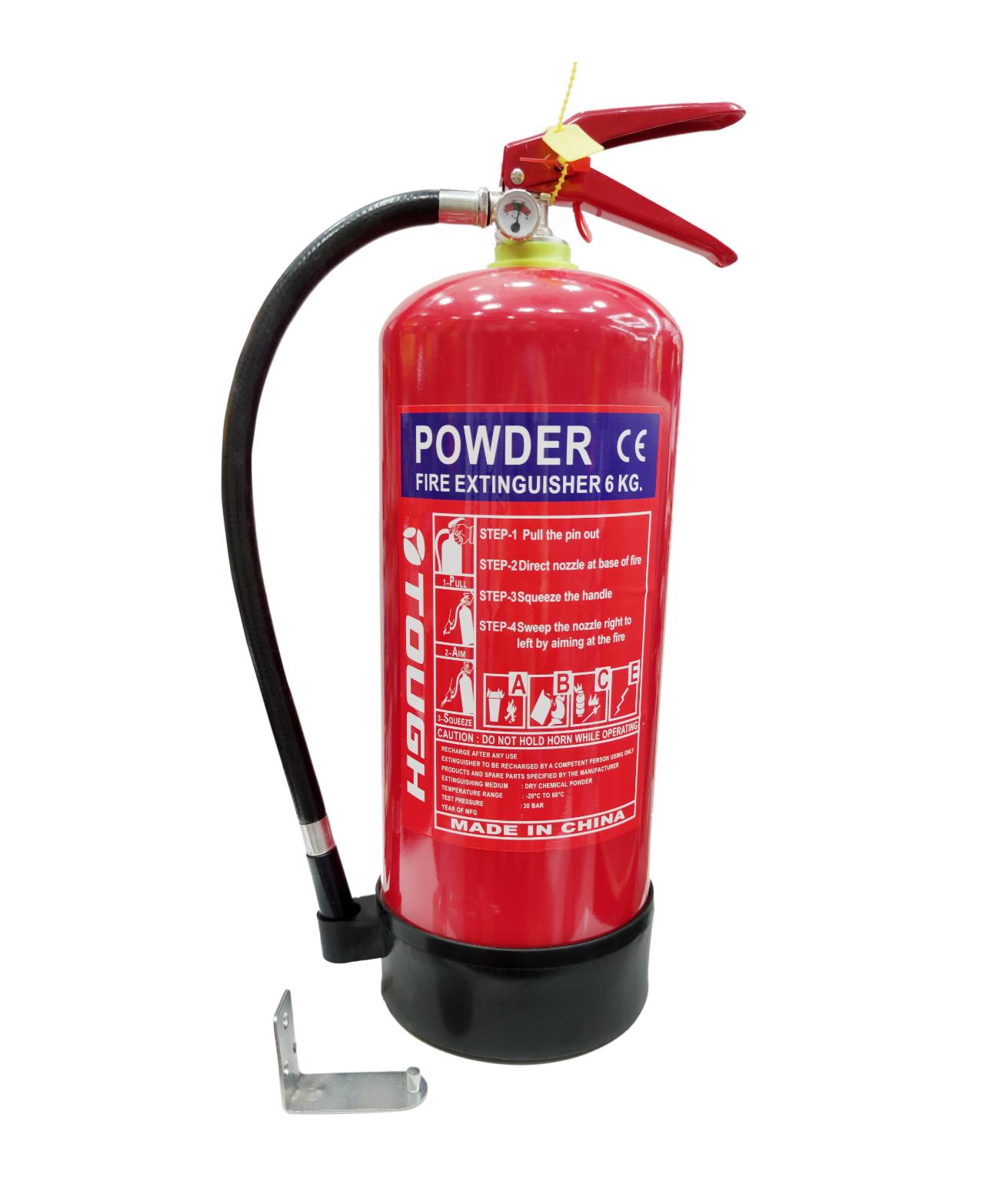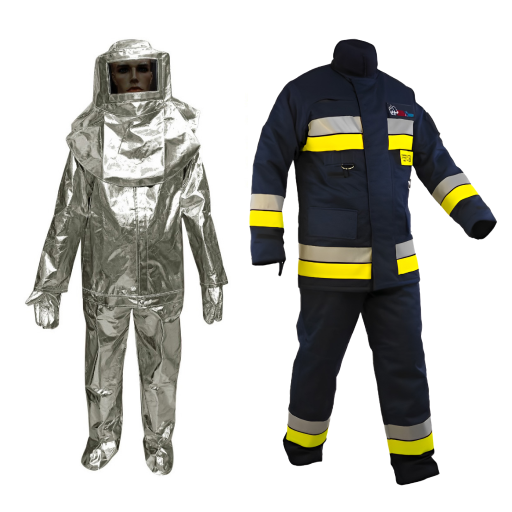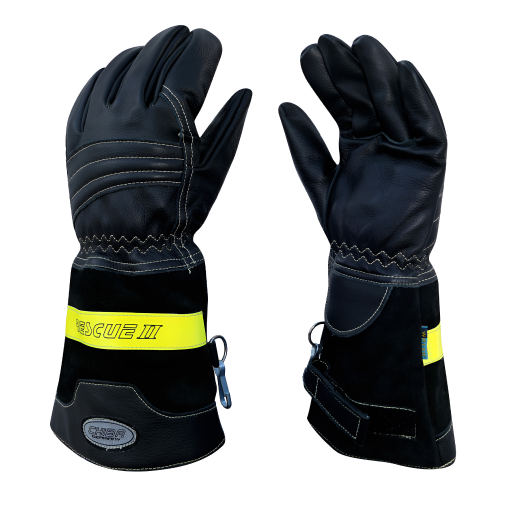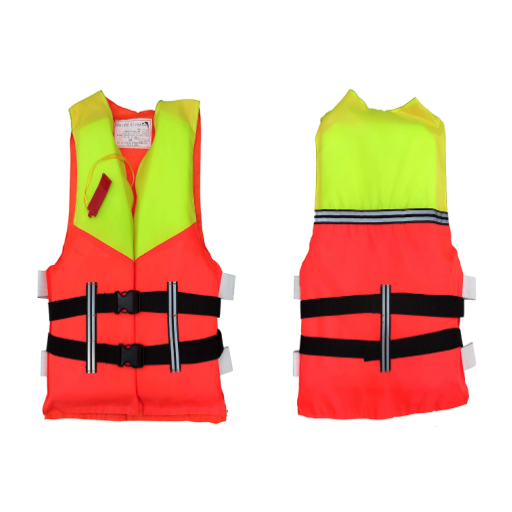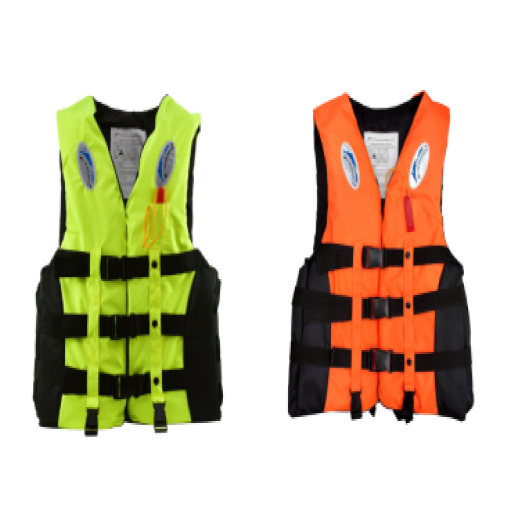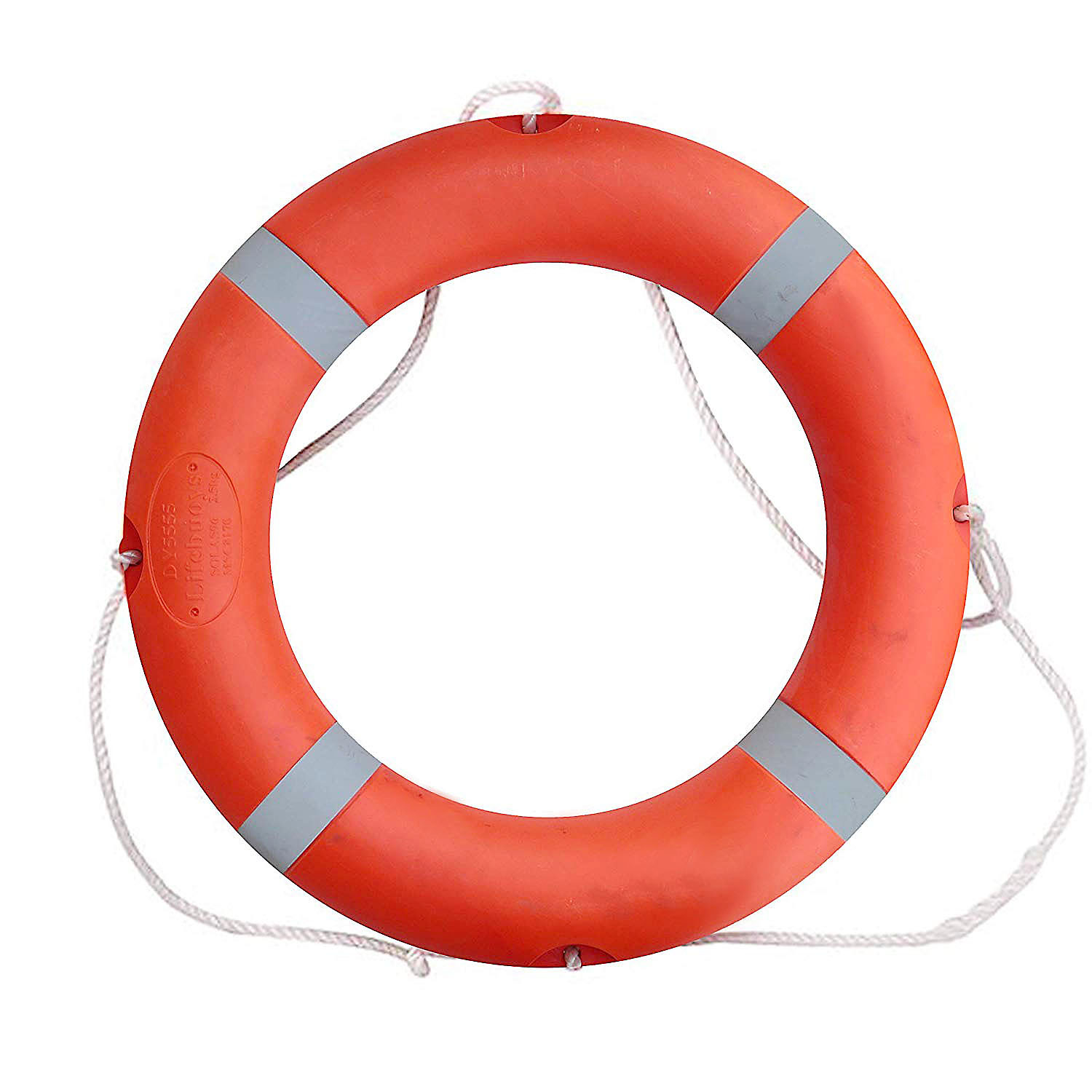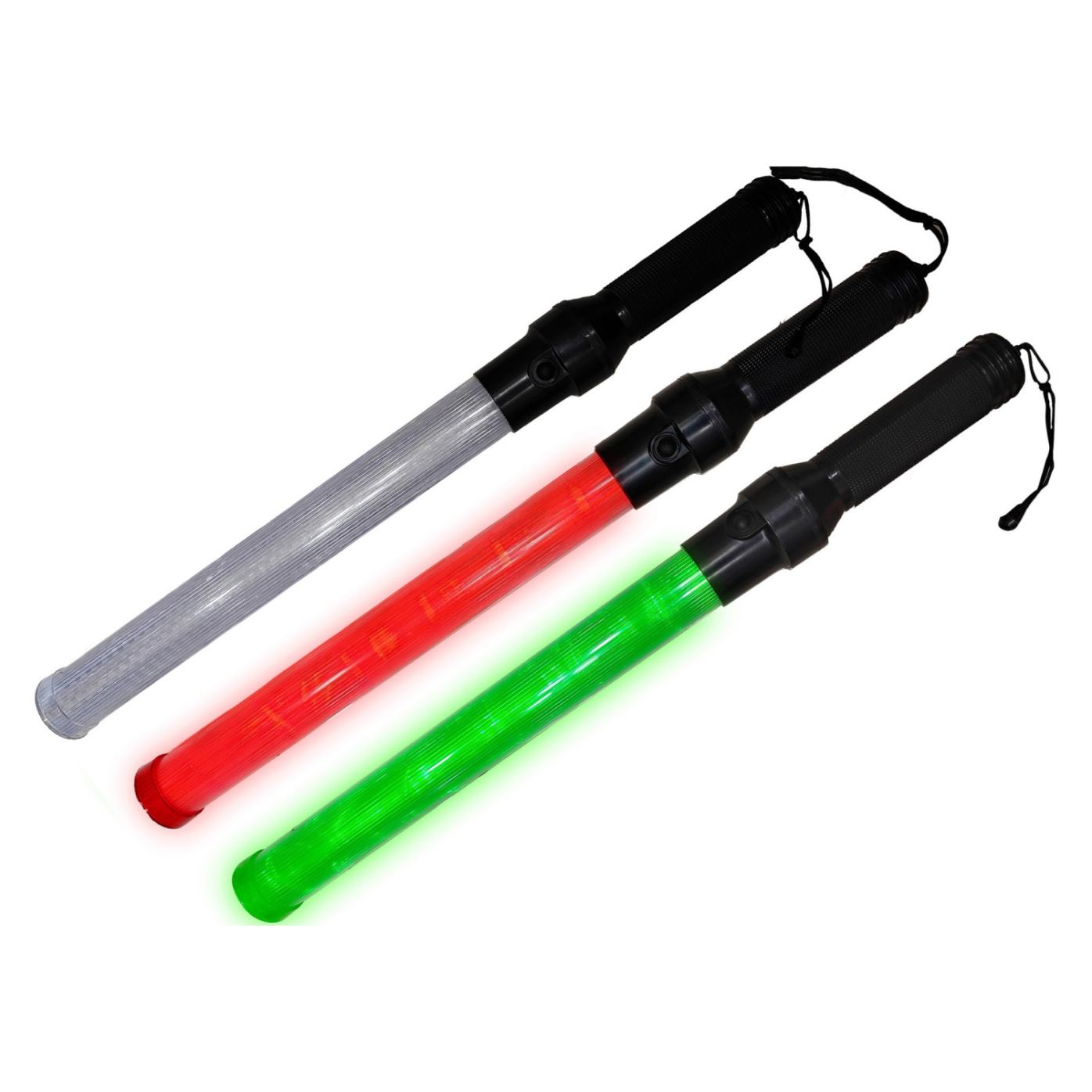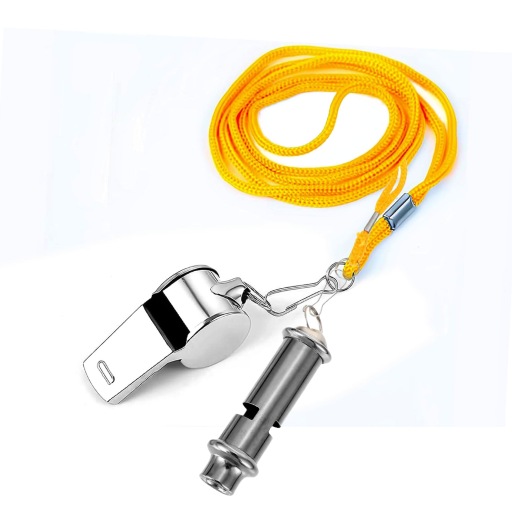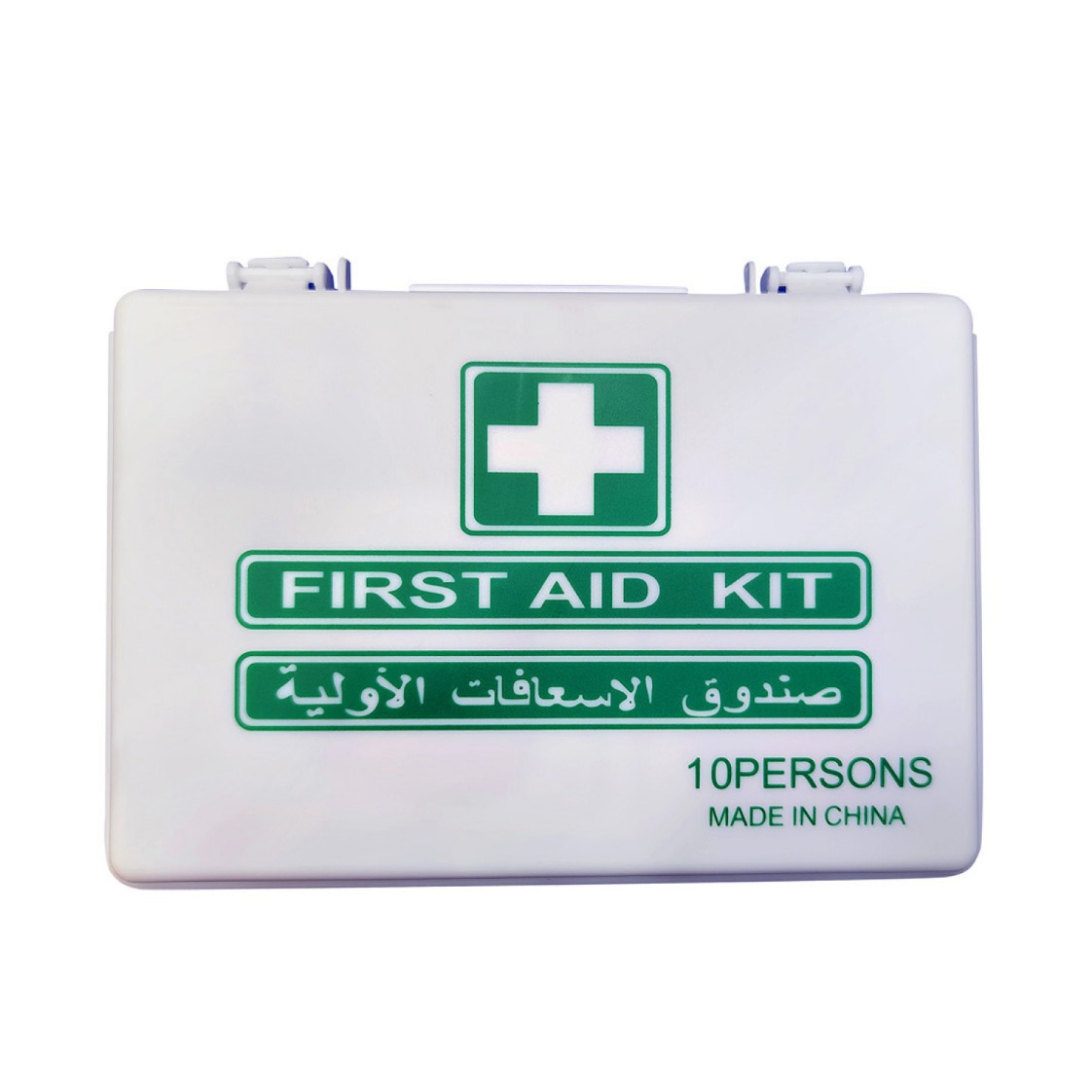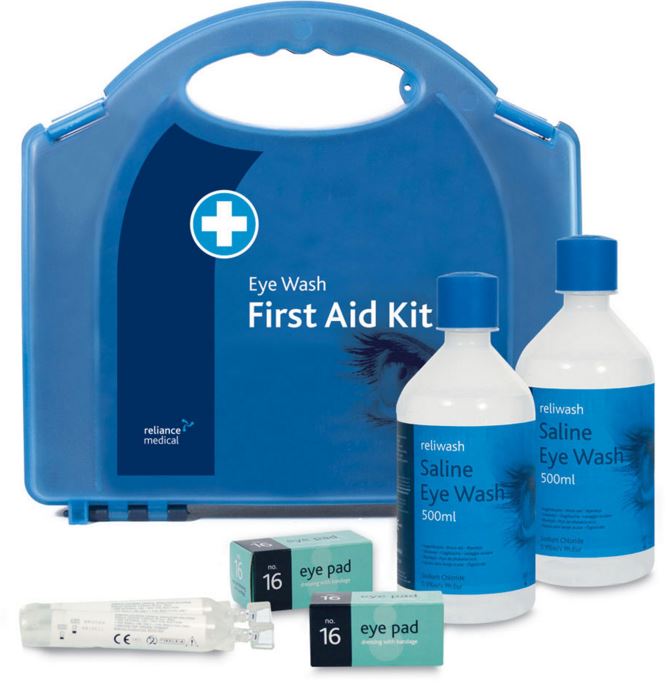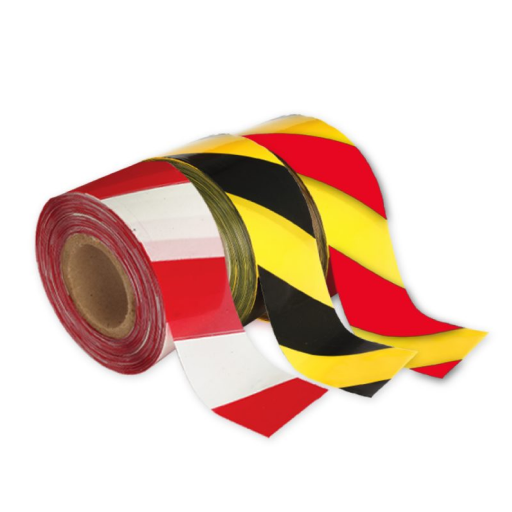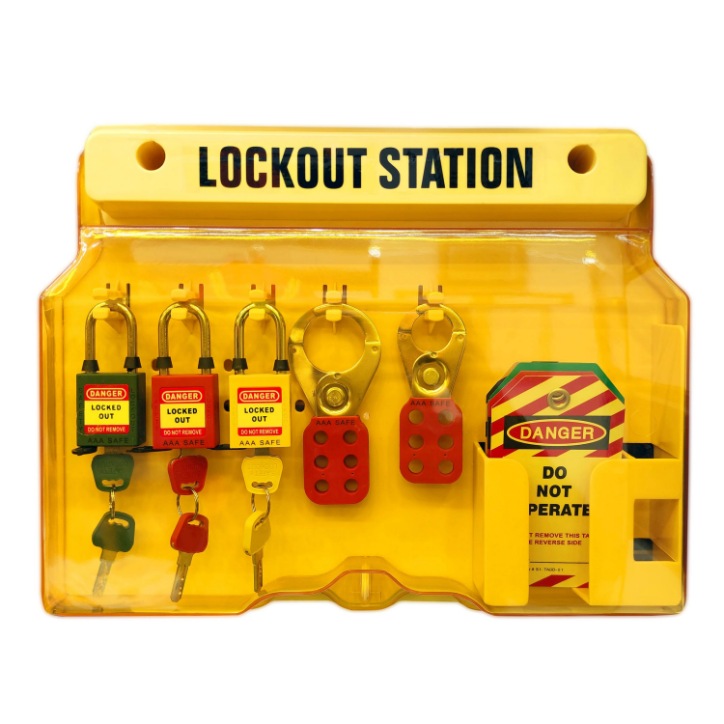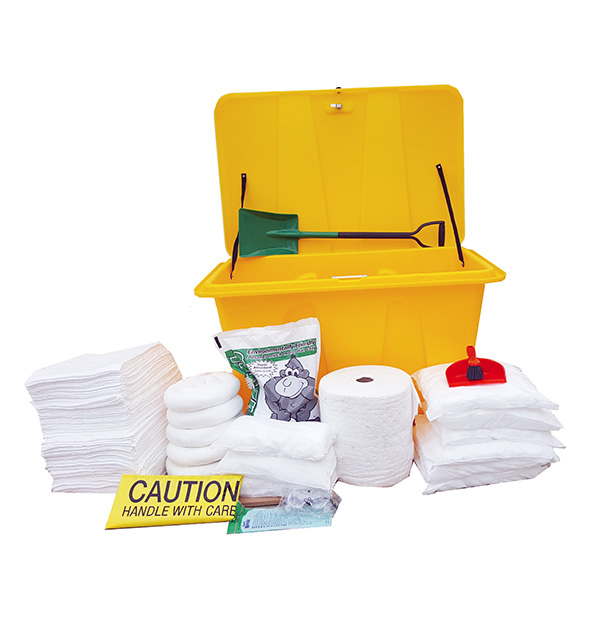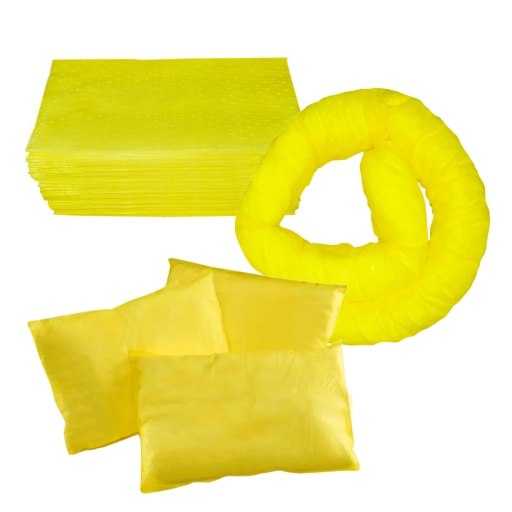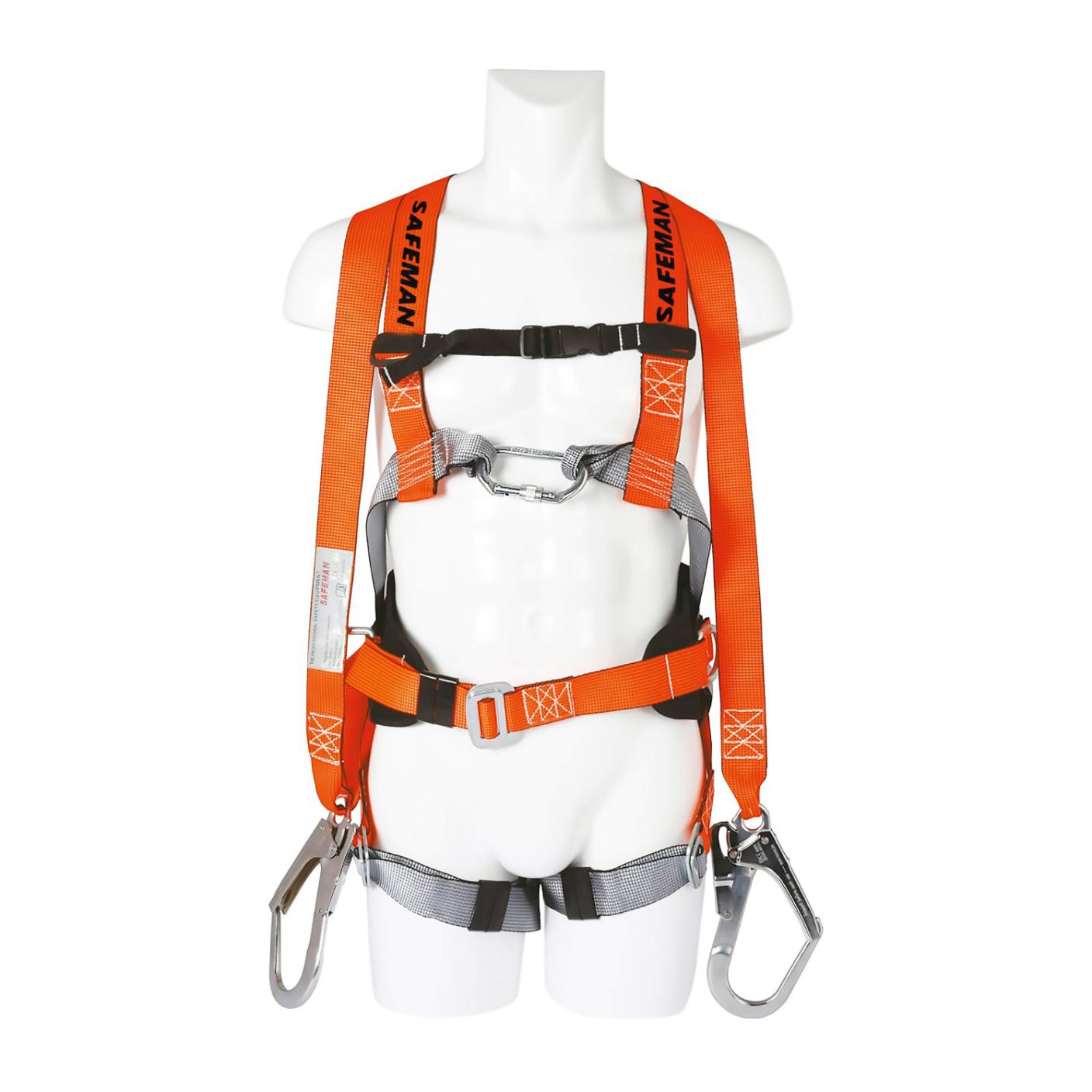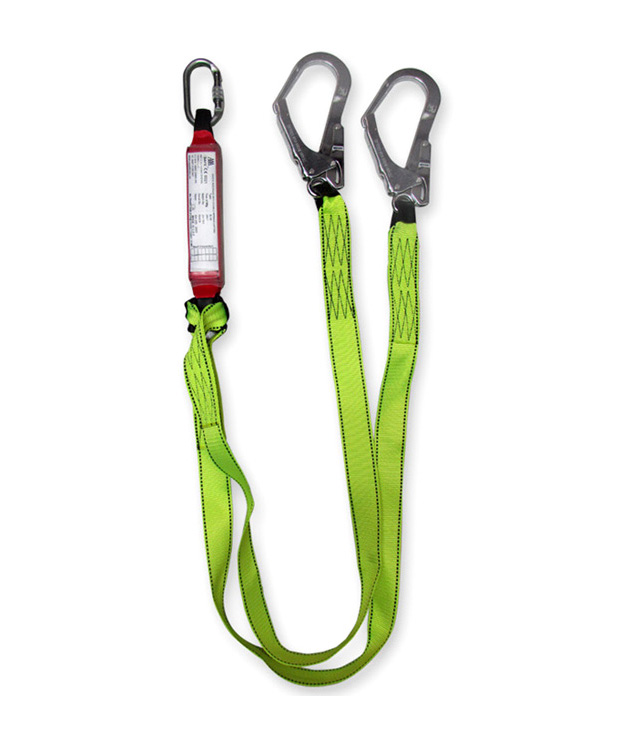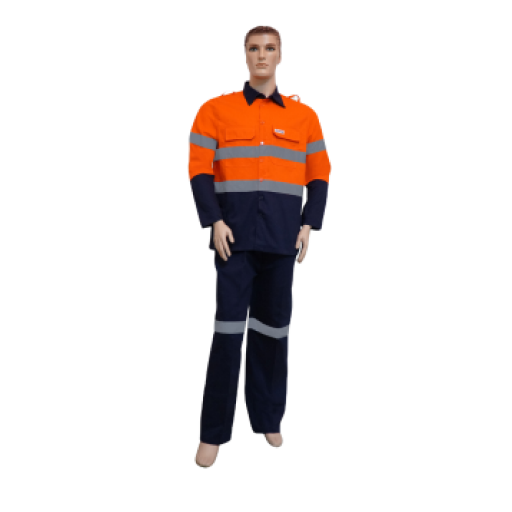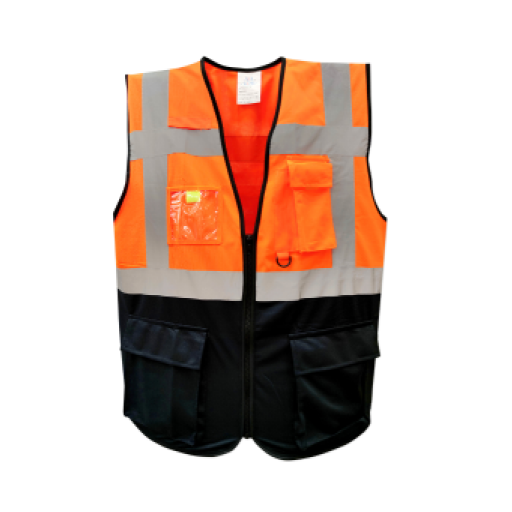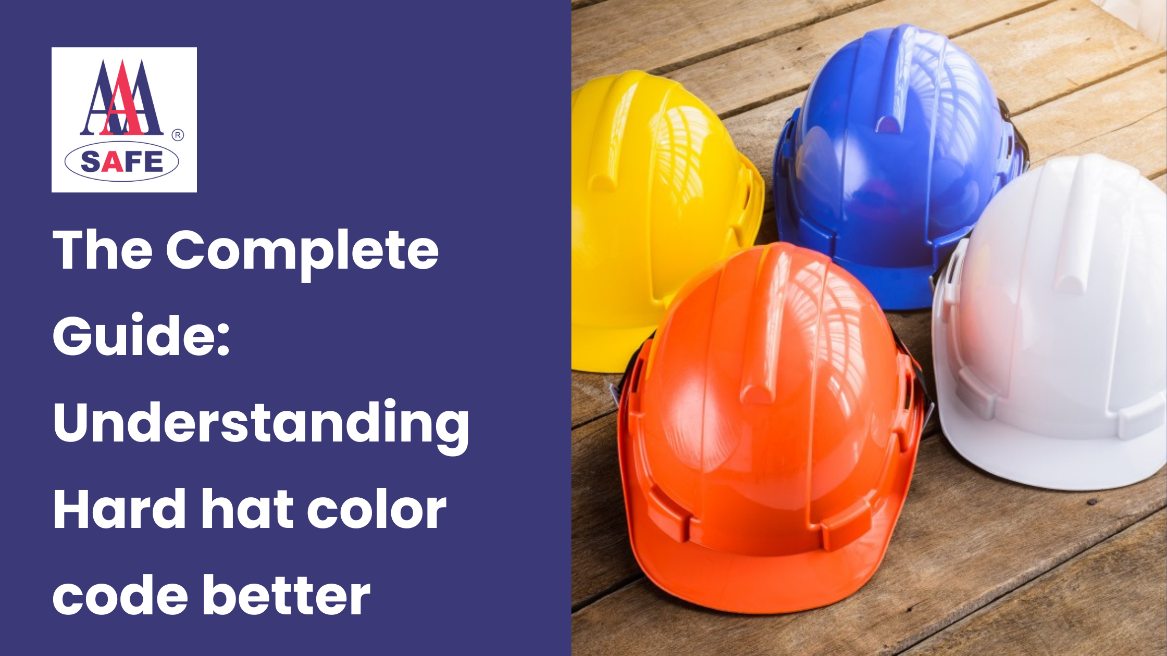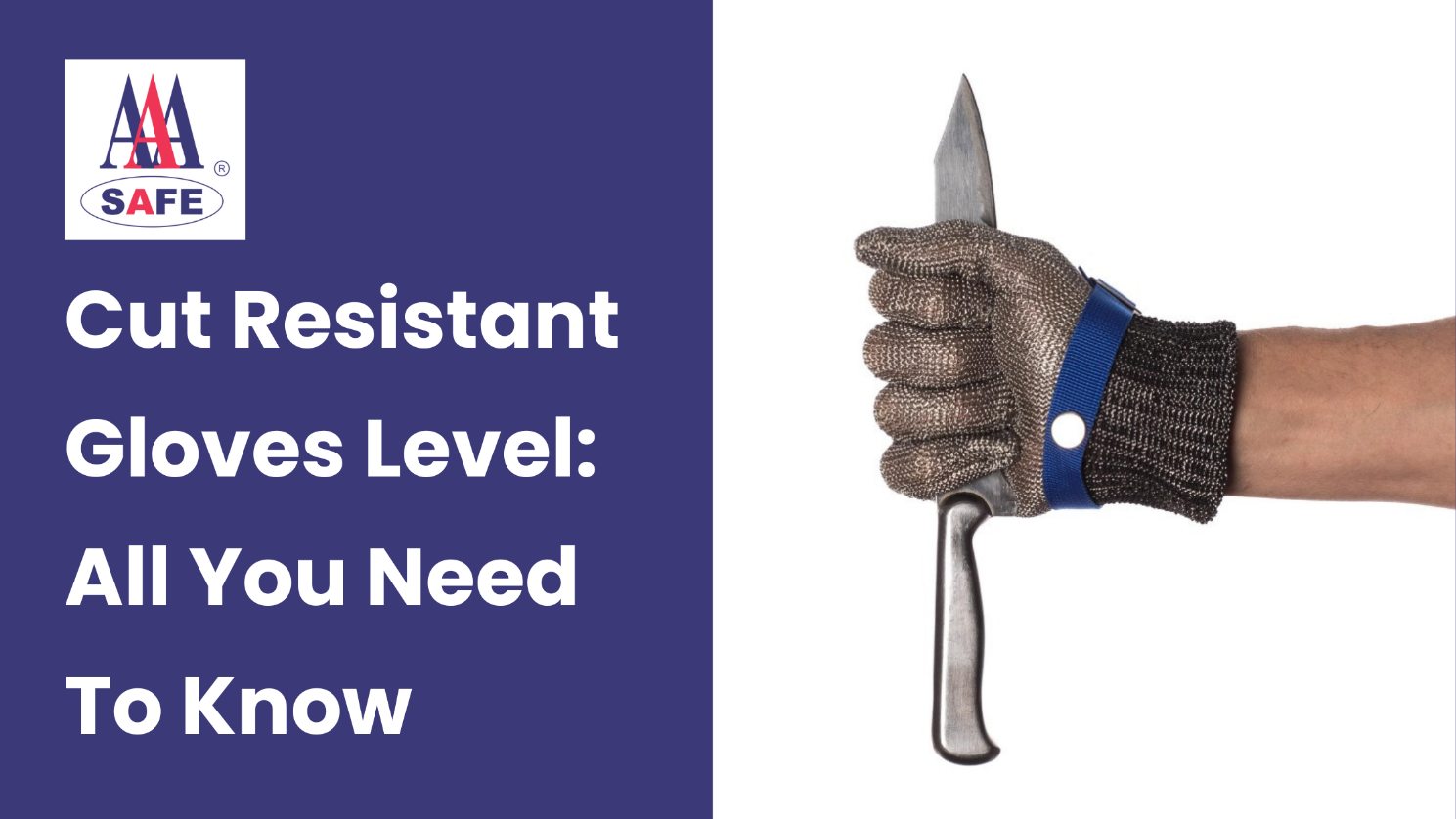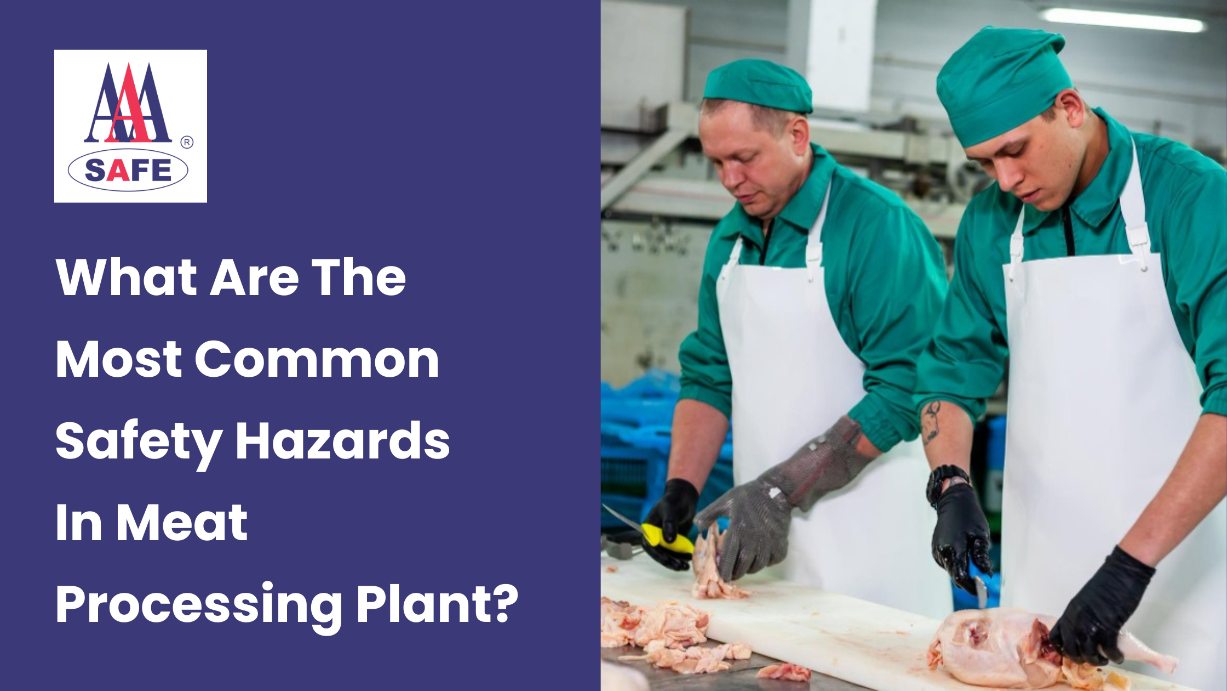Understanding the Different Types of Safety Gloves for the Oil and Gas Sector
The economy of the United Arab Emirates (UAE) is heavily dependent on the oil and gas sector, which promotes expansion and progress. However, the industry is not without its fair share of risks.
Workers in the oil and gas sector are exposed to some of the toughest environments. When you think of hazards at such places, you often think of gas explosions and fire risks. It’s highly unlikely that you will think of finger and hand injuries. However, your hands are at the highest risk in the oil and gas sector.
Common Hand Safety Hazards in the Oil and Gas Industry
Chemical Corrosion:
During your work, you will come into contact with several chemicals, including sulfuric acid, nitric acid, toluene, etc. These substances have the potential to burn skin and corrode it.
Physical Injury:
Using various types of equipment or performing pipeline activities, such as changing valves, collecting water samples, handling cargo, lifting hooks, etc., can result in physical harm including burns and pinched or crushed hands.
Biological Hazards:
Throughout your work, you could come into contact with a range of dangerous bacteria, viruses, fungi, and other microbes. Your physical health may be harmed by these microbes and bacteria.
Mechanical injuries:
Your hands could get hurt by handling machinery and equipment. You need good-quality gloves to defend you against such injuries.
Burns from high temperatures:
While working, you might come into contact with hot liquids, steam, or other high-temperature substances produced by tools or materials. Your hands could get burned by these hot chemicals.
Exposure to dangerous materials:
When using specialized equipment, you may come into contact with radioactive elements and dangerous chemicals like benzene, toluene, xylene, etc., which could be detrimental to your health.
Hand Injury Stats in the Oil and Gas Sector
The following stats are true as per the Occupational Health and Safety Magazine:
- Historically, hand and finger injuries have accounted for about 50% of events in the oil and gas sector.
- The most frequent injury types among oil and gas employees are impact and crushing injuries.
- 13% of serious injuries and 7% of all oil and gas injury claims involve cuts and lacerations, which can be very expensive to treat.
- 90% of skin disorders related to work are caused by allergies and irritations from chemicals. 80% of those are found on the hands.
The Need for Safety Gloves in the Oil and Gas Industry
Regular gloves are good to protect your hands against everyday activities. But when you’re working in the oil and gas sector, your hands need something more robust to give you a higher level of protection against the industry’s specific risks.
These gloves are not just some accessory. They are necessary to protect your workers on the job. If you are in the oil and gas industry, no matter whether you’re an employer or a worker, safety gloves are a must-have. However, it’s not about wearing gloves, it’s about wearing the right gloves. For example, where flame-resistant gloves safeguard against the risk of fire, cut-resistant gloves defend you against sharp objects that are common in the field.
Scroll down to find out different types of safety gloves for the oil and gas industry pick the right one for your needs.
Compliance With UAE Safety Regulations
To ensure workers’ safety in the oil and gas industry, the UAE has strict safety regulations in place. Companies in this industry should adhere to these safety norms to preserve a secure workplace and stay out of trouble with the law.
1. UAE Safety Standards:
Safety uniforms must include everything that is stated in the safety requirements set forth by the regulatory bodies in the UAE to make sure they are offering adequate protection against potential risks specific to the oil and gas industry.
2. Frequent Inspection:
Merely giving out the safety uniform is not enough. The employer must routinely inspect and maintain these uniforms to maintain the effectiveness of PPE. This includes checking the PPE items for signs of wear and tear, making sure they are still flame-resistant and the protective coatings are still intact.
3. Training and Education:
Training the workers on the use of safety uniforms is the employer’s responsibility. The employer must conduct regular training sessions for the workers so they are aware of the use of PPE and how to use it when indulging in risky activities at work.
Secure Closure Mechanisms:
The delicate closure mechanism enhances the overall functionality of the lab coat. A well-fitted lab coat has gentle snaps and buttons. A secure & user-friendly lab coat offers a perfect snug fit, contributing to both safety and ease of lab professionals.
Different Types of Safety Gloves for the Oil and Gas Industry
Flame-resistant gloves
Working in the oil and gas sector, the risk of fire-related injuries is always there. Therefore, flame-resistant gloves are a top priority.
Flame-resistant gloves work to:
- Avoid ignition or burning
- Restrict the region that catches fire
- Reduce the amount of heat that reaches your hands.
- Not let the fire sustain after the source of fire is removed.
Burn injuries result from the combination of the heat and the exposure of hands to direct or indirect flame. The extent of the burn varies depending on how deep it is; first-degree burns involve surface damage to the epidermis, while third-degree burns leave the skin scorched and cause nerve damage.
Gloves marked as “flame-resistant” (FR) are composed of materials that can tolerate high temperatures and stop heat from transferring to the wearer’s hands. They are intended to endure heat and flame exposure.
Note: All materials have a melting point and will eventually burn when they ignite. How much of the material burns and the rate at which it burns itself are what matter.
Cut-resistant gloves
Safety gloves that can resist a longitudinal cut with a specific level of pressure are known as cut-resistant gloves.
It is important to remember that most safety gloves used in the oil and gas industry need to be not only cut and impact-resistant but also water- and oil-proof and able to maintain grip even in contaminated environments because of the possibility of contamination with oils and greases.
Your hands are exposed to the following threats in the oil and gas sector:
- Sharp tools and equipment.
- Abrasive surfaces.
- Metal edges and materials.
- Potential contact with jagged or rough surfaces.
- Handling heavy machinery and equipment with sharp components.
There are various types of cut-resistant gloves present in the market. They come in different materials particular to the potential hazards your hands are exposed to at work. Each material provides a different level of blade protection. It is recommended that you buy safety gloves that protect your hands while leaving the scope for finger movements.
Here are different types of cut-resistant gloves:
- Stainless Steel Gloves: Suitable for those working with sharp objects. Stainless steel gloves with polyester fibre safeguard against abrasions and cuts while giving you a good grip for holding metal bodies.
- Metal Mesh Gloves: These gloves offer protection from cuts by knives and slicer blades. Thus, these gloves are most common in the food industry.
- Spectra and Stainless Steel Gloves: Durable gloves made of Spectra and stainless steel blend, ensuring protection against cuts and slashes while maintaining flexibility for intricate tasks.
Chemical-resistant gloves
Workers in the oil and gas industry frequently encounter acids, chemicals, solvents and corrosive substances. Exposure to such chemicals, in the long run, can lead to burns, skin irritation and even long-term health issues.
Gloves resistant to chemicals are required for workers who handle potentially harmful substances. Materials like nitrile, PVC, or neoprene, which provide good resistance to a variety of chemicals and solvents, are used to make these gloves.
Materials for chemical-resistant gloves include:
- Nitrile Gloves: Effective against a wide range of chemicals. Resistant to punctures and abrasion.
- Neoprene Gloves: Ideal for handling acids and caustic substances. Offers flexibility and comfort.
Butyl Rubber Gloves: Superior resistance to a broad spectrum of chemicals. Maintains flexibility in low temperatures.
Impact-resistant gloves
Gloves with impact resistance are essential for employees who handle heavy equipment or perform tasks in locations where objects could fall and strike their hands. TPR (thermoplastic rubber), which is used to make these gloves, is intended to absorb and spread impact energy, lowering the possibility of hand injury.
Features of impact-resistant gloves include:
- Thermoplastic Rubber (TPR) Padding: Strategically placed padding on knuckles and fingers for impact absorption.
- Foam Padding: Offers comfort while providing effective impact protection. Suitable for tasks involving repetitive impacts.
Vibration-Dampening Material: Made with vibration-dampening polymer, these gloves help in reducing hand/arm vibrations. Ideal for work situations with long exposure to vibrating devices and tools.
Conclusion
To sum it up, no matter if you are a worker or an employer in the oil and gas industry, safety should always be a top priority. While you may not think your hands to be at the highest risk, they need the same level of care as you would give to your eyes and other parts of your body.
Picking the right safety gloves is crucial to make sure everything is fine at work. When the workers feel safe at work, they are able to give their 100% to it thereby increasing productivity which in turn benefits the company.





